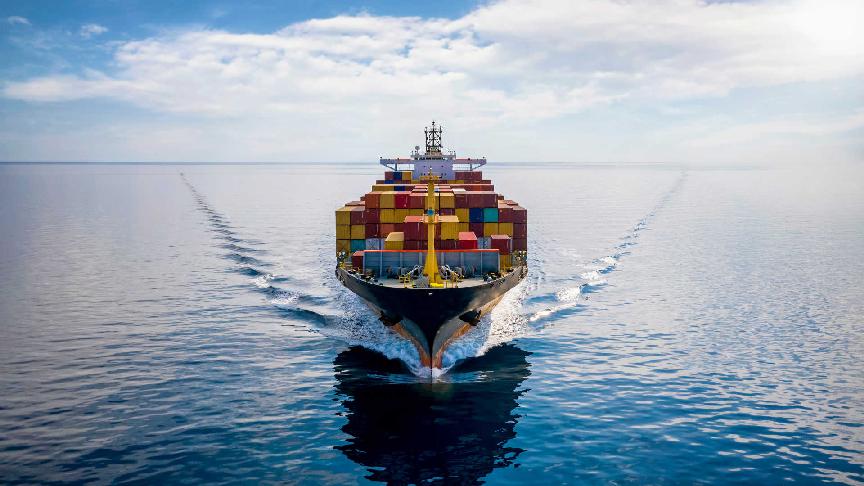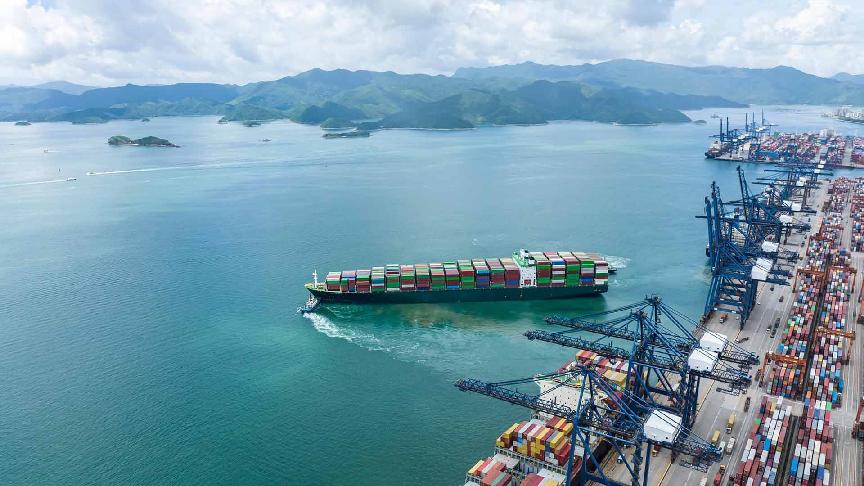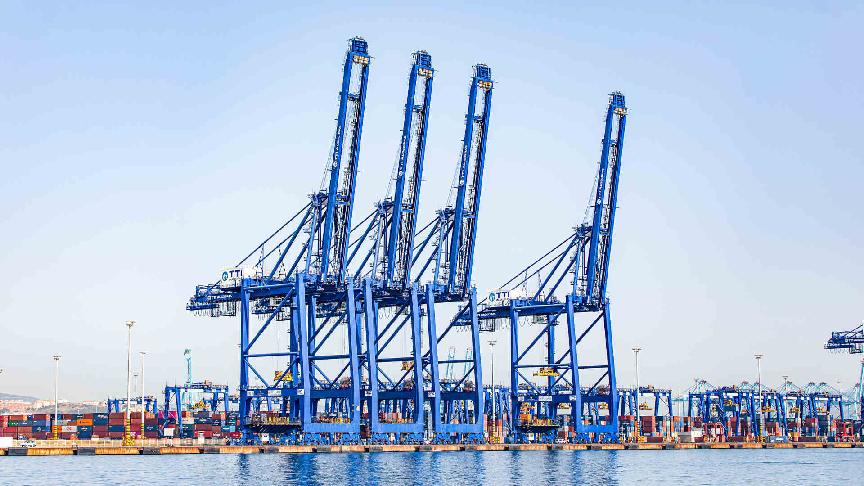22 April 2024 (Lloyd's List) - COORDINATING vessel schedules with terminal berthing windows is an easy win for both fuel and emissions savings, but one that has to date been hard to achieve.
There is little point in a vessel steaming at 18 kts towards its destination only to find on or near its arrival date that its berthing window has been pushed back three days and it must either slow steam or anchor while waiting for its slot.
Efforts to prevent this occurring have been hampered in the past by the way in which terminals and carriers share information with each other.
“Today, the process to align on a berth window is phone calls, emails, spreadsheets and pdf documents,” Portchain co-founder and chief operating officer Thor Throup told Lloyd’s List in an interview.
That is an issue Portchain has sought to resolve with its Portchain Connect product, which it began to roll out in 2022 after signing a five-year deal with Hapag-Lloyd. Last week it announced a further deal with Ocean Network Express.
“We launched Portchain Connect for carriers and terminals to share the core data for berth alignment,” Thorup said.
“Ultimately, the big value for a shipping line is to achieve just-in-time arrival, and we see that by working in this way, terminals are able to share just as the carrier is sharing data. The goal is to digitalise the berth alignment process with the terminal partners.”
Thorup describes the system as a neutral platform that facilitates the value between the carrier and the terminal.
“With the carriers, we will work with each carrier to integrate with their source systems, such as vessels schedules, move count and any other type of data that the terminal needs so they can plan,” he said.
“When the terminal signs up, the main value is getting access to better data from the carriers. That is the number one value for a terminal — more accurate data, data further in advance and data that is updated more frequently.”
That provides better data further in advance than using the current manual methods of communicating, he added.
“By working in this way, regardless of the terminal operator, the terminal operating system or the port community system, they can do their alignment with one standardised data set,” Thorup said.
This differs from existing port community systems, which operate in many of the world’s large port facilities, and which generally focus on the last 24 hours of operations usually concerning port resources such as pilots and tugs.
“If you look how carriers and terminals, which are the contracting parties, and how they coordinate, it will be directly between them,” Throup said.
“We are integrated to some port community systems, so we work alongside them, but what we are working on is the agreement between the contracting parties, which can be anything from planning two to three weeks out, right through to arrival.”
More accurate data meant carriers can translate that into better speed management earlier, he said.
“We have seen cases of up to 9% fuel savings on specific routes,” Thorup said.
“That was because the terminal, together with the carrier, was sharing data a lot further in advance.
“So instead of speeding to get to the port and then being notified of a delay one or two days before arrival, they would know more than a week in advance so they can set the speed required to arrive on time earlier.”
The International Maritime Organization estimates a 6% reduction in fuel and CO2 when port calls are coordinated just 24 hours in advance, and up to 14% if the entire journey is coordinated. If all boxship arrivals were coordinated on a port-to-port just-in-time basis, the savings could amount to 19m tonnes of CO2 emissions a year.







